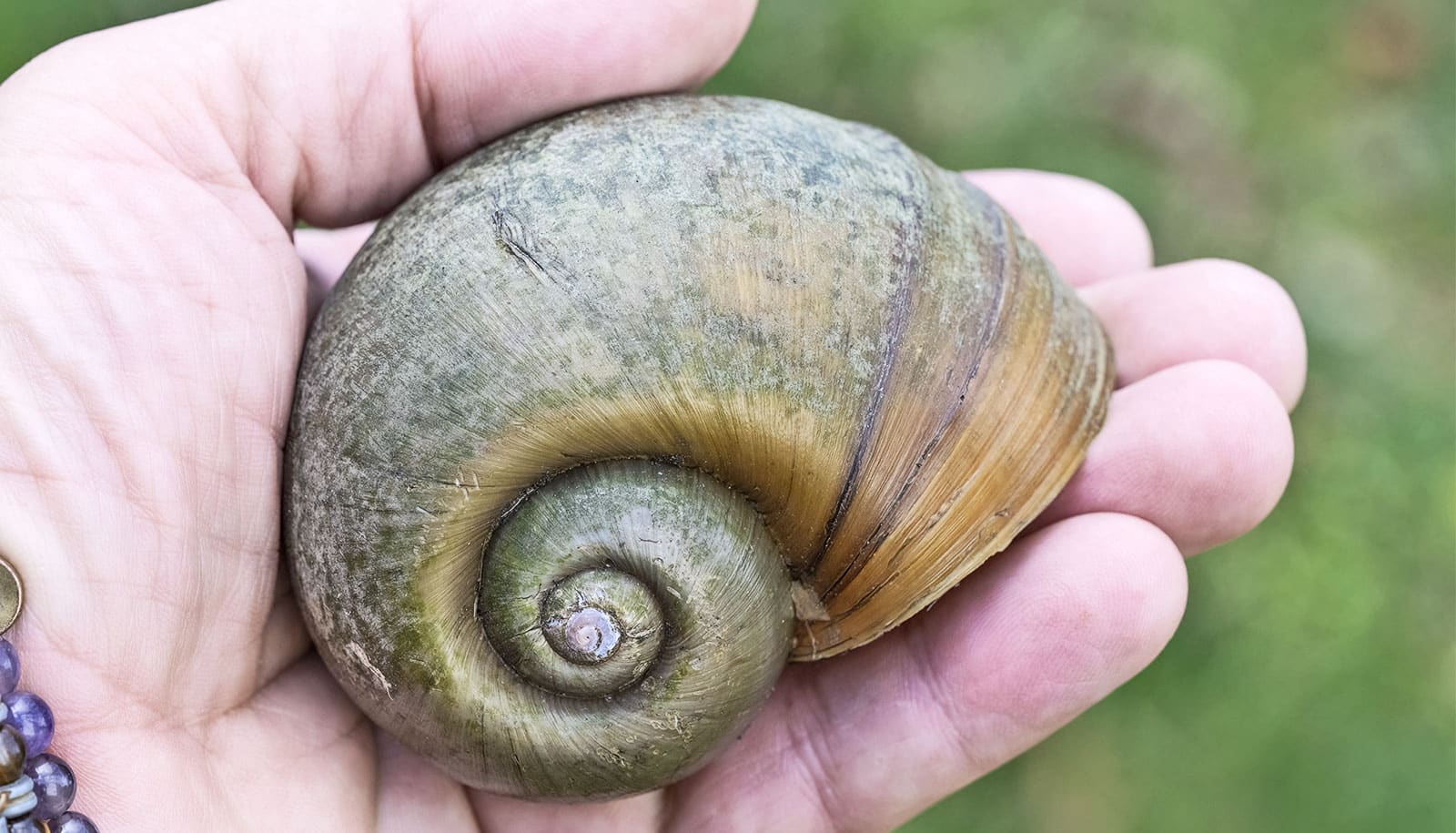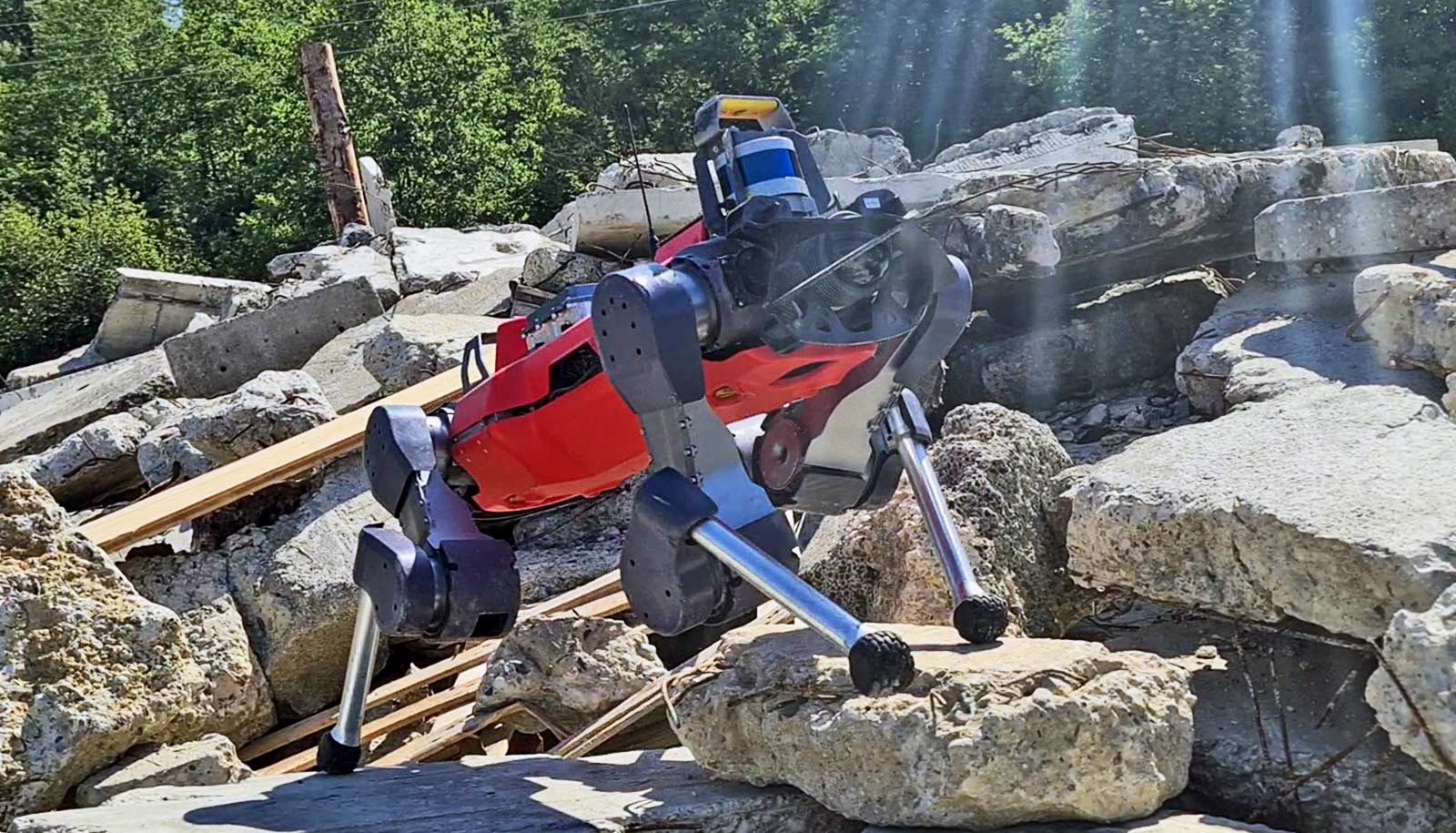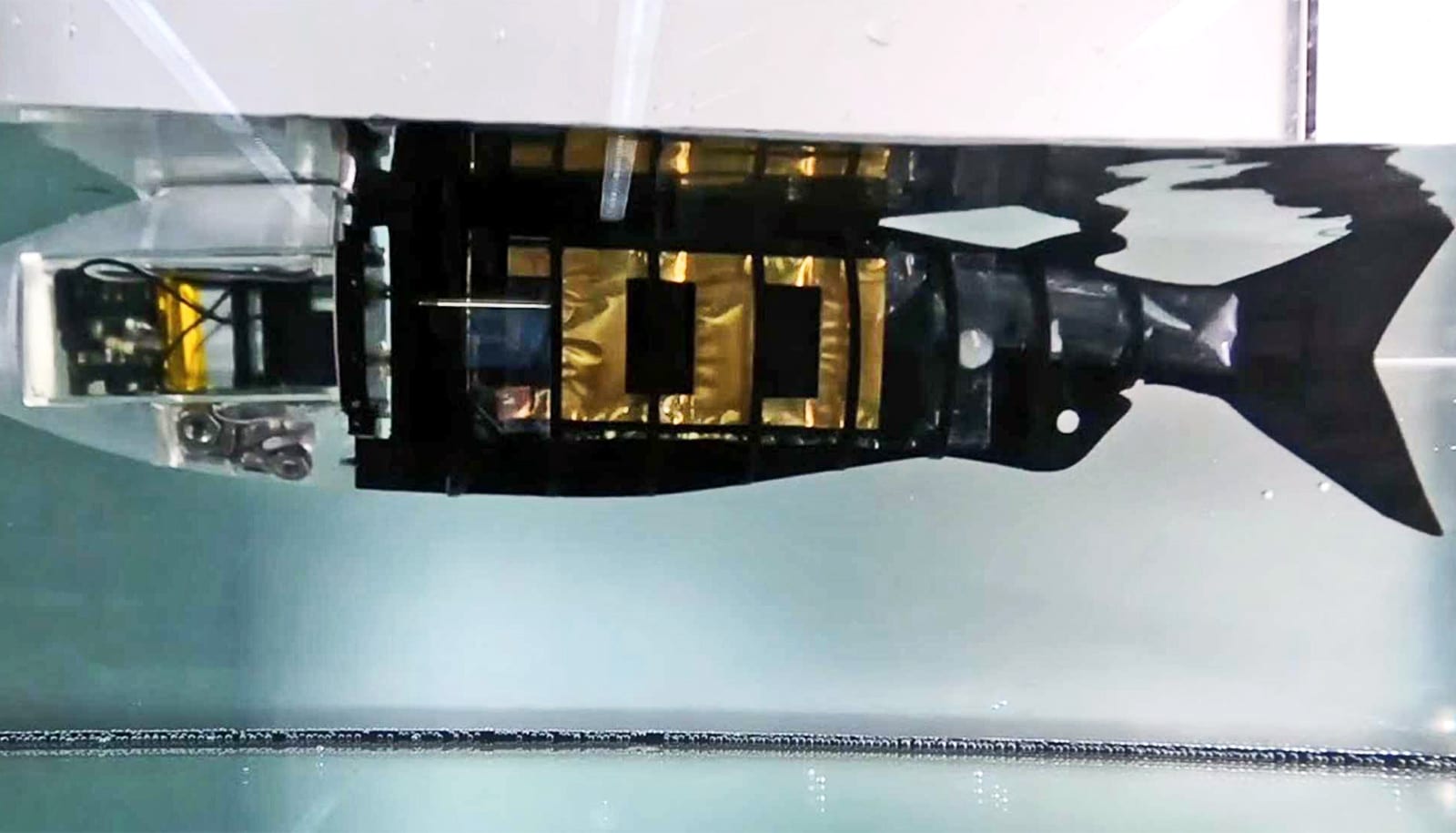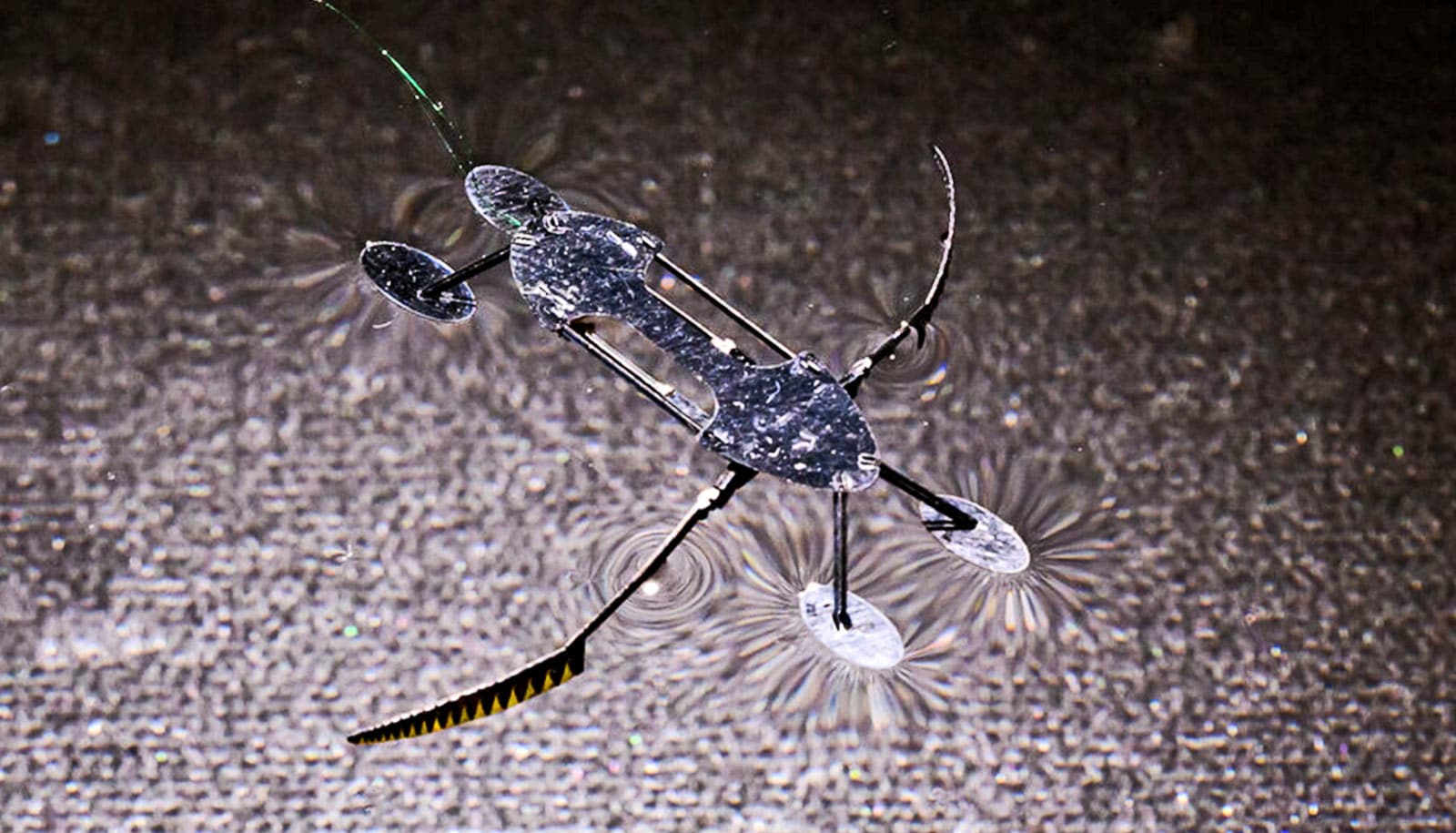A banned snail has inspired a new robot that can suck up tiny objects in water.
Apple snails are one of the most invasive species on our planet.
Consuming several plants that provide food and habitats for various wildlife, and disrupting entire ecosystems, these snails have earned a permanent ban from the United States, only allowed in the country for research. Along with the damage they leave in their slow path of destruction, these shelled creatures also possess an ability unique to their species.
By wiggling its flexible foot underwater, an apple snail can create a flow that brings floating food particles to itself, a process known as “pedal foot collection” by biologists.
The snail’s unique ability would inspire the latest research conducted by Anupam Pandey, a mechanical and aerospace engineering professor in the College of Engineering and Computer Science at Syracuse University.
Pandey’s findings appear in the journal Nature Communications.
“One of my research interests is understanding how soft, highly deformable, solid materials interact with adjacent liquid flow,” Pandey says. “Organisms that live underwater exploit this interaction for locomotion and feeding. Apple snails have evolved to leverage their proximity to the water-air interface to transport or pump liquids.”
To understand the process behind pedal foot collection, Pandey designed a robot the size of a centimeter that oscillates rhythmically and mimicked the apple snail’s motion. He then placed the robot underwater in a tank and sprinkled Styrofoam particles on the surface to see if it could collect it, discovering that the robot functioned similarly to a pump.
“We found that our bio-inspired robot was able to drag particles from distances that are five times its size. But more interestingly, we found an optimal speed at which pumping maximizes,” explains Pandey. “This optimal speed seemed to depend on robot geometry as well as the properties of the liquid it’s submerged in. Combining experiments and modeling, we predicted the optimal conditions under which the robot pumps the most liquid.”
In addition to understanding the role speed and liquid play in how the robot collects small objects and pumps liquid, Pandey also tracked the pattern of Styrofoam particle movement through long exposure photography, which he color-coded to make it easier to see how the particles moved.
While the small, oscillating robots have the potential for numerous applications, one notable benefit is as a collection device. Pandey believes that they could help address issues involving the collection of microplastics in oceans, which tend to remain at the water’s surface due to their small size.
Most plastic collection devices create strong disturbances at the water surface and cause microparticles to mix in the water. These microplastics travel to other water bodies, causing more plastic pollution which harms plants and animals and inevitably ends up in our food chain. However, devices like the undulating robot operate near the water’s surface with minimal interference and could potentially provide a solution to this problem.
“What’s great about this research is how interdisciplinary it is. Biologists may be interested in this, and it has several potential applications in engineering liquid flows at small scales, sensing and actuation of floating objects or even microplastics in water bodies,” Pandey says. “It will not only advance understanding of liquid transport near surfaces but lay the groundwork for future research as well.”
Source: Syracuse University



